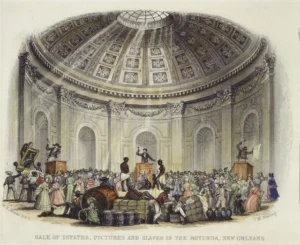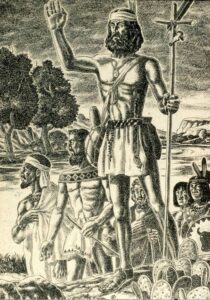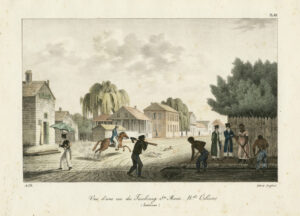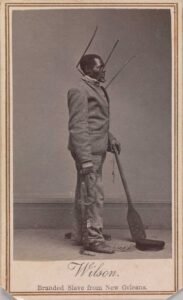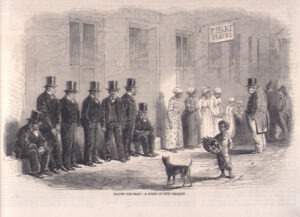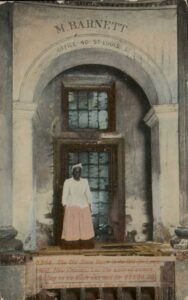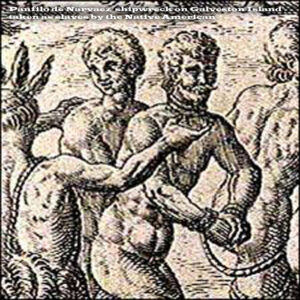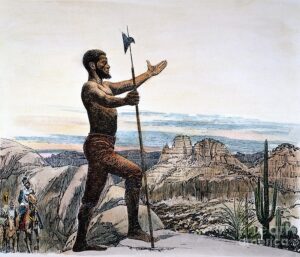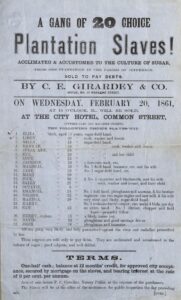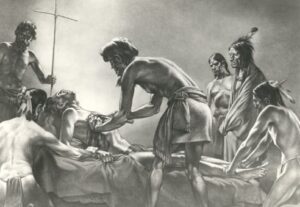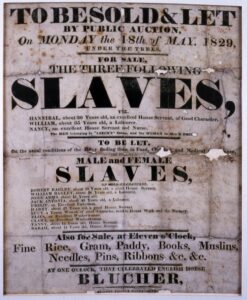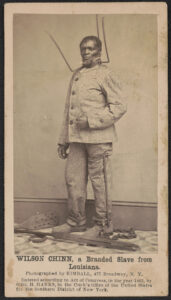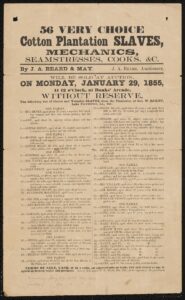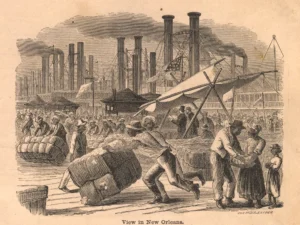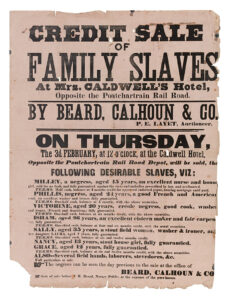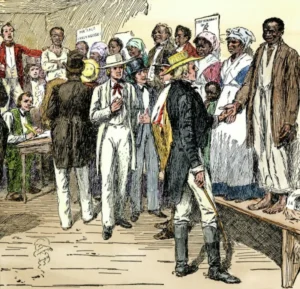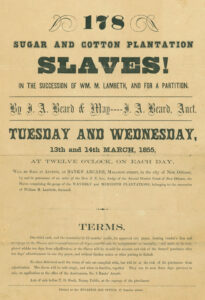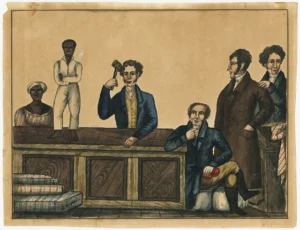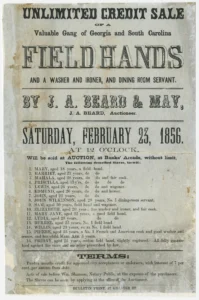Who are the Slaves of Louisiana?
Slaves of Louisiana are those persons enslaved from the 1500s to the end of the Civil War and their descendants.
The first recorded slave was a Spaniard by the name of Alvar Nunez Cabeza de Vaca. The second recorded slave was a Moroccan Moor, Estevanico. Both were survivors of the failed Narvaez expedition, and they were enslaved by Native American tribes including the Hans, Capoques, Karankawa, and Coahuiltecan. The first slave owners in Louisiana were Native Americans and the first slaves were European, African, and Native American.
By the end of the 1600s, Native Americans still practiced slavery but also traded and sold slaves to the early Spanish and French explorers and settlers. By the 1750s, Europeans and Creoles relied less and less on Indigenous slaves as their population dwindled due to disease and war. African and Arabian slave traders provided the manpower for the growing colony. Many of the enslaved Africans in French colonial Louisiana originated from the Senegambia region of West Africa, particularly from the Bambara people.
Within a generation, prosperous freed Slaves or their children became slave owners and wealthy plantation owners. Notable examples include Marie Therese Coincoin and Jean Baptiste Brevel II. Coincoin was born a slave in 1742 Natchitoches. A few years after being freed in 1778, Coincoin became a successful planter, slave owner, and businesswoman. She became the largest female slave owner in the state operating two plantations, one of which was a land grant given based on her purchasing large numbers of slaves. She purchased slaves throughout the state and directly from Africa. Her Creole son, Louis Metoyer, was also a slave owner and built the Melrose Plantation. The Creole, Jean Baptiste Brevel II was born in 1730 in a Caddo village, the son of an enslaved Native American and a French marine and trader. He became one of the larger slave owners in Natchitoches (Grand Ecore) after serving in the colonial militia as a soldier, Indian translator, and explorer. Isle Brevelle, known as the birthplace of Creole culture, was one of his plantations and named for him.
